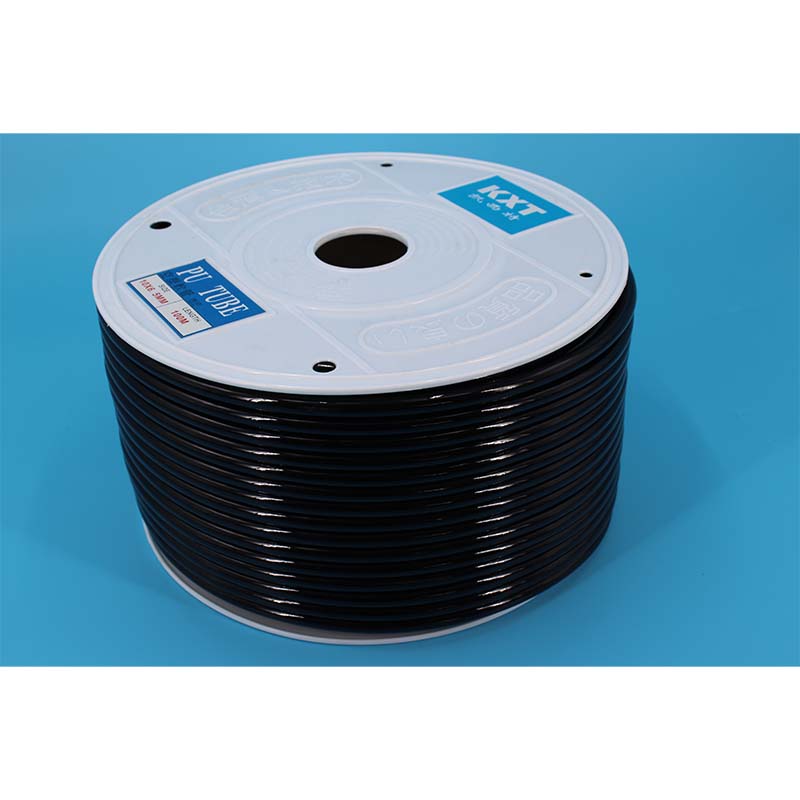suction hose vs discharge hose
Understanding Suction Hose vs. Discharge Hose Key Differences and Applications
When it comes to fluid transfer systems, hoses play a critical role in ensuring efficient and effective operation. Among the various types of hoses used, suction and discharge hoses are two of the most common. Understanding the differences between these two types of hoses is essential for selecting the right one for your specific needs.
What is a Suction Hose?
A suction hose is designed to draw fluids from a source, making it essential in applications where a vacuum must be created to pull liquids. Typically constructed from flexible materials like rubber or PVC, suction hoses are designed to withstand the negative pressures generated during fluid retrieval. They often feature a fabric or spiral reinforcement that helps maintain shape and prevent collapse under vacuum conditions.
Suction hoses are used in various situations, including
- Water and Wastewater Management Suction hoses are crucial for transferring water from wells or reservoirs and handling sewage or wastewater. - Agricultural Applications In agriculture, they are frequently used for irrigation systems where water needs to be drawn from nearby sources. - Construction Suction hoses are utilized in construction sites to remove excess water or slurries.
What is a Discharge Hose?
In contrast, a discharge hose is designed to expel or discharge fluids from a source to a desired outlet. These hoses are built to handle positive pressure and are typically thicker than suction hoses to withstand the stress of high discharge pressures. Discharge hoses can also be made from rubber, PVC, or other durable materials and often have additional reinforcements to enhance their longevity and performance in tough environments.
Discharge hoses are commonly found in
suction hose vs discharge hose

- Firefighting Equipment These hoses are essential for transferring water from hydrants or tanks to firefighting apparatuses.
- Industrial Applications In manufacturing, discharge hoses are used to transport chemicals, slurries, or other fluids to processing areas.
- Agriculture Just as with suction hoses, discharge hoses are also vital in agricultural setups for dispensing fertilizers or pesticides.
Key Differences Between Suction and Discharge Hoses
1. Functionality The most significant difference between suction and discharge hoses is their primary function. Suction hoses are designed to create a vacuum to draw fluids, while discharge hoses are intended to expel fluids under pressure. 2. Construction Suction hoses usually have a thinner wall, often featuring a smooth interior to reduce resistance, whereas discharge hoses are thicker and reinforced to handle the pressures associated with moving fluids out.
3. Pressure Ratings Suction hoses are typically rated for lower pressures and are designed to handle the negative pressures associated with suction applications. In contrast, discharge hoses are rated for higher pressures, suitable for the vigorous expulsion of fluids.
4. Applications While both hoses are utilized in many of the same industries, their applications differ based on their design and functionality. This dictates where each type is most effective, whether it be in pumping systems, irrigation, or industrial uses.
Conclusion
Choosing the right hose for your application is vital for ensuring efficiency and safety in fluid transfer. Understanding the differences between suction and discharge hoses will help you make informed decisions based on your specific needs. Whether you require a hose for drawing water, transferring chemicals, or expelling fluids at high pressures, these two types play distinct roles that are critical in various industries. Always consider the material, pressure rating, and intended use when selecting a hose to maximize performance and longevity.
-
Unrivaled Performance and Applications of PU Pneumatic Hoses and TubesNewsJun.11,2025
-
The Transparent World of Industrial Tubing and Hosing SolutionsNewsJun.11,2025
-
The Intricate World of Pneumatic Conduits: Tubes and HosesNewsJun.11,2025
-
The Dynamic Landscape of Pneumatic Conduits: Unraveling Key ComponentsNewsJun.11,2025
-
The Diverse Applications and Significance of Transparent PVC TubingNewsJun.11,2025
-
High - Pressure Pneumatic Tubing and Systems: An In - Depth LookNewsJun.11,2025














